Nokia N8 Review: Nokia's New Flagship
by Mithun Chandrasekhar on January 12, 2011 1:00 AM EST- Posted in
- Smartphones
- Nokia
- N8
- Symbian
- Mobile
I remember one of the first mobile phones I ever used being a Nokia 5110i. It was among Nokia’s earliest of devices that packed an easy to use and straightforward interface in a supremely well-built package. Since we didn’t have as many phone launches each month back then as there are stars in the sky, the 5110i served me very well for more than 3 years without showing any signs of aging. That was in the mid to late 90’s.
Fast forward to the end of this decade and we see Nokia’s current flagship, the N8-00, continuing to hold on to the Nokia tradition of building what are arguably some of the best constructed mobile devices on the market. In fact in many ways, with the Nokia N8-00 (referred to as the N8 from here on) it seems as though Nokia has let its hardware and industrial design teams have a field day; this phone feels almost over engineered when held in your hands. While the current flagship demonstrates Nokia’s engineering prowess quite well, previous models seemed to epitomize what I felt was the company’s philosophy; build the software around the hardware. This worked just perfectly for as long as mobile phones were just that, devices used to make and receive calls and/or texts.
Sometime in the last decade, Apple, Google, Palm and Microsoft redefined mobile experiences, and as a result old flaws have slowly become gaping holes in the Finnish device manufacturer’s proverbial armor.
The devil is in the details…
The N8’s symmetric design is attractive in a very understated manner. It won’t immediately grab your attention in any way if you look at it. The 3.5” 640 x 360 AMOLED screen commands the majority of the real estate on the front with tapering edges on all 4 corners. The menu/home button at the bottom left corner is the only detail on the face of the phone which narrowly saves the N8 design from being branded bland.
While the button did seem a bit oddly placed when I first saw it, the overall profile and weight distribution of the phone didn’t lead to any issues in actual use (although left-handed users may disagree).
Upon closer inspection, you will find the front facing VGA camera, the ambient light sensor and the proximity sensor sitting behind the (Gorilla) glass on the top right corner. The left side houses a well-constructed but tad finicky and plastic “suicide” door of sorts to cover the microSD and SIM card slots. There’s also a multifunction micro-USB port (more on this later) and a charging light indicator. The right side seems a bit busy with the volume controls, a spring loaded screen lock button and a 2-stage camera shutter button. This is the only part of the phone that I have issues with, when it comes to design. The volume controls have a lot of play and don’t give good feedback when pressed. The spring loaded screen lock button, while a good idea in itself, is not well placed. On multiple occasions, I kept hitting the volume button while attempting to lock the phone.
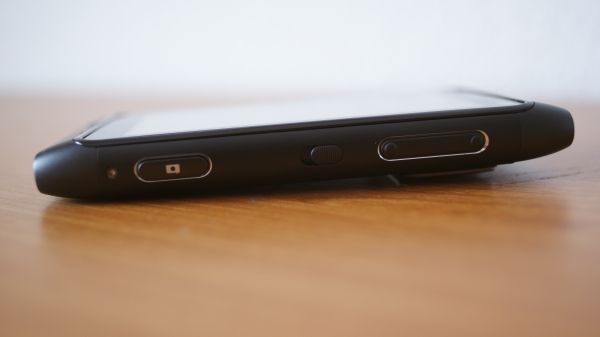
The left and right sides of the Nokia N8. Notice how it cannot lay flat on its back.
The top of the phone plays host to a 3.5mm jack (that can also serve as an AV-output if used with the appropriate connector), and a mini-HDMI port hidden behind a plastic flap and the power/profile selection button. At the bottom you will find a lone connector for your charger, although it could easily pass off as a microphone because of its placement and size, along with a lanyard or strap port.
The rear of the phone prominently shows the N-series branding and houses the crowning jewel of the N8; its 12MP Xenon-flash assisted autofocus camera. Because of the complexity of the camera module and the associated optics used in the N8, the camera itself (along with the loudspeaker) is housed in a bulge, and as a result the phone cannot lay flat on any surface. While that in and of itself isn’t an issue, what concerns me is the possibility of excessive visible wear appearing on the lower part of this bulge as it is the only part of the phone that comes in contact with any surface when the phone is made to rest on its back.
Also, something I did notice was the fact that just within a week of use, dust started accumulating in the crevice between the top of the bulge and the back of the phone.
While the design may get mixed feedback, what will garner unanimous praise is the build quality and overall construction of the device. The unibody N8 is constructed of anodized aluminum and has a smooth, matte-like finish to it. It is available in Orange, Green, Blue, White and Gray – which as you can tell was the color of our review unit. While not as grippy as the soft touch rubber finish that some devices come with, it is light years ahead of the cheap, glossy black plastic that clads a lot of phones these days. Also, by design, the aluminum back of the N8 acts as a heat dissipation surface. So with prolonged use, it does get a bit warm…but nothing toasty. Another reason why the phone feels so well put together is because Nokia has taken a leaf out of Apple’s design book and gone ahead with a non-user replaceable battery, and hence eliminated the need for a battery opening in the N8 chassis. But reports seem to suggest that the battery isn’t all that hard to get to and replace, should the need arise. So those exposed torx screws aren’t just for show…


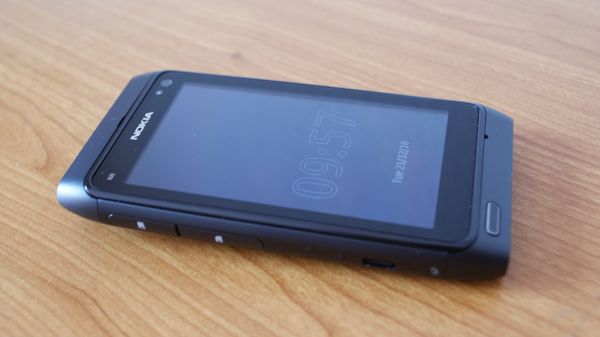
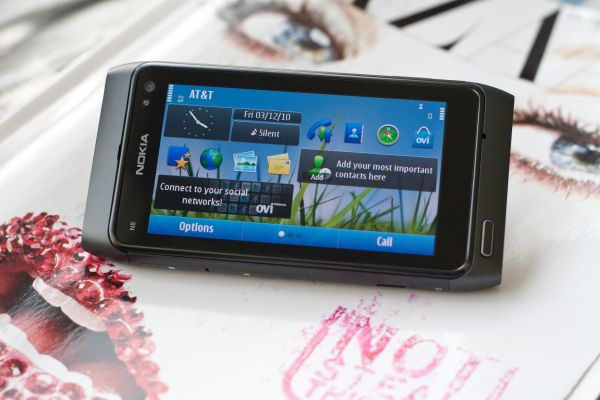

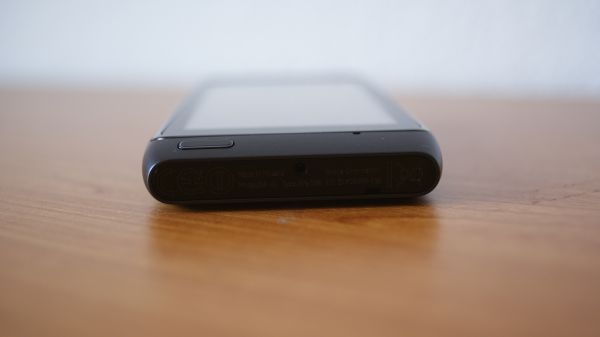
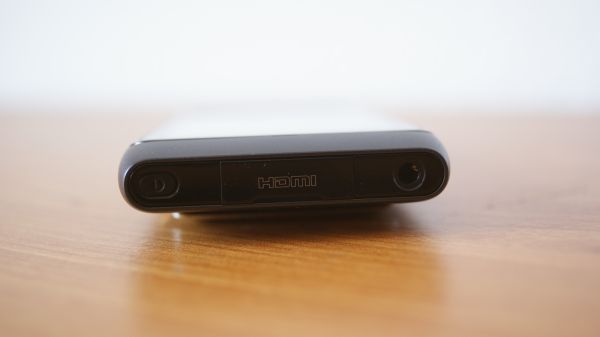
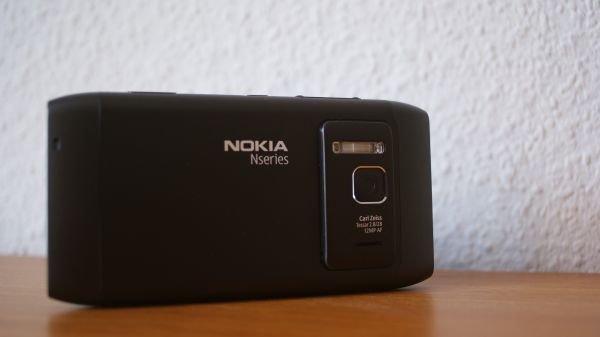
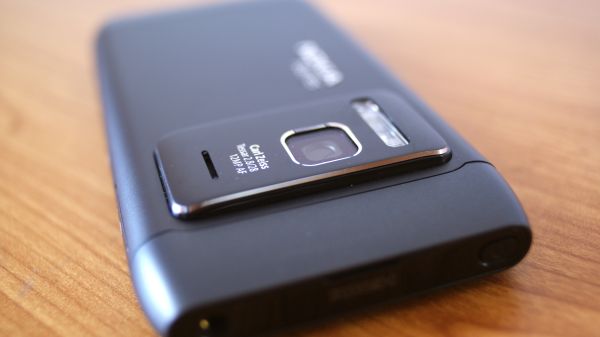














119 Comments
View All Comments
mythun.chandra - Wednesday, January 12, 2011 - link
Sorry you didn't find the review as useful.Regarding the CPU, not sure where the confusion lies:
"This MCP (Multi Chip Package) allows Samsung to stack different memory types (DDR, NAND etc.) along with non-memory logic in the same low-power package. So for basically the same footprint as a single memory chip, Samsung is able to integrate the DDR memory (256MB), NAND (512MB) and a CPU (TI ARM11 applications processor)."
What that says is that Nokia uses a Samsung MCP which stacks DDR and NAND memory, along with a TI ARM-11 based application processor in the same package.
thartist - Wednesday, January 12, 2011 - link
They'd better pull off "an AMD" before they completely sink the ship. Btw, quite a late review!tipoo - Wednesday, January 12, 2011 - link
I like AMD, but...What? Is that really the best choice for a come-back story? Staying under a quarter of the marketshare, and even less of the revenue?zodiacfml - Wednesday, January 12, 2011 - link
nevermind the internet which i could do at home..always wanted to carry a camera all the time, it's good enough as any P&S in 2003-05. I wonder if it could have manual controls..especially manual use of flash.
very nice it could read usb storage devices, i was thinking of buying a netbook for backup/ net upload of photos taken while on a vacation.
it could read mkv and divx, awesome.
call it quirky but not to me as having a quirky Sigma dp2 digital camera.
now, where could i get one....
Voldenuit - Wednesday, January 12, 2011 - link
You can control ISO (100-800) and EV (+/- 2 EV in 0.5 stop steps). You can set the flash to on/off, auto, red-eye and slow-sync (or a close simulacrum thereof) by invoking the night portrait mode.There is a macro mode, although it does not do anything close to 1:1, but it's better than nothing.
Exposure on the N8 is uncannily good, although I'm coming from m43 and DSLR where the exposure algorithms are not as advanced (some would say idiot-proof) as compact cameras. Flash exposure is also very good (considering the power limitations).
Noise reduction is very well balanced - Nokia has stated that they erred on the side of detail over smoothness, and it shows (in a good way). Should you want to PP away more noise, the onboard editing app has a NR filter.
My big gripe is there is no touch-to-focus, but that's nothing a little focus-recompose can't get around.
I imagine someone could eventually write an app to enable touchscreen focus, shutter speed control, ND filter use and/or RAW output, but I've found the existing controls more than sufficient for my needs as a backup camera. If I need more than that, I should be packing my DSLR anyway.
PS If you want to pair a USB drive with the phone, avoid the ones with virtual/security partitions. It doesn't like them that much (won't work with my Sandisk Cruzer, no problem with my vanilla flash drives).
Voldenuit - Wednesday, January 12, 2011 - link
OK, scratch that last thumbdrive comment. I just checked my thumbdrive and it seems I formatted in NTFS, which the N8 doesn't support. My bad.zodiacfml - Thursday, January 13, 2011 - link
thank you for all that information. good luck with it!inaphasia - Wednesday, January 12, 2011 - link
There were NO 12Mp 28mm P&S' in 2005... let alone 2003!There were hardly any in 2007!:)
mrgreenfur - Wednesday, January 12, 2011 - link
"basic point snf shoots" on page 8...uselessguy - Wednesday, January 12, 2011 - link
That is one ugly phone!